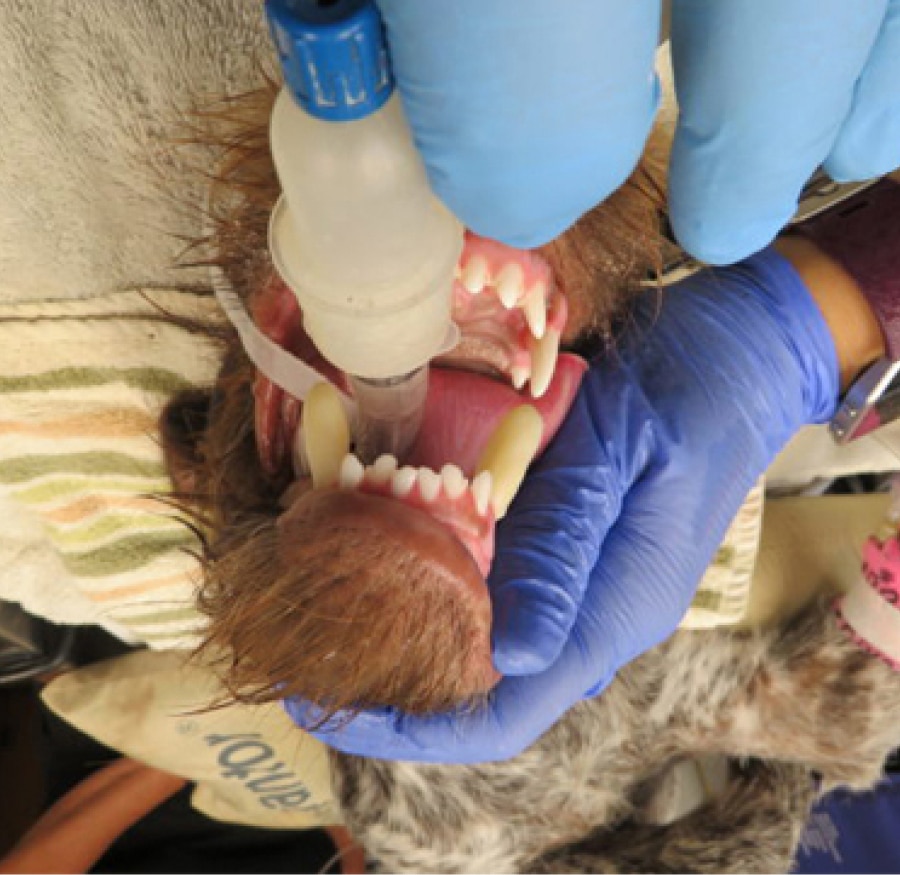
Canine and Feline Orthodontics
Orthodontics is typically recommended for patients who have malocclusions. Malocclusions are misalignment of the normal jaw. Typical jaw alignment is a “Class 0” or normal occlusion (a normal scissor bite). The “scissors bite” refers to the normal relationship between the upper and lower teeth. For a true “scissor bite,” the upper incisors overlap the lower incisors when the mouth is closed. The lower canine teeth fit in between the upper third incisor and the upper canine without touching either of them with the mouth closed. In viewing the teeth from the side with the mouth closed, the premolar teeth of the upper and lower dental arcades interdigitate very much like the teeth of “sheer scissors”.
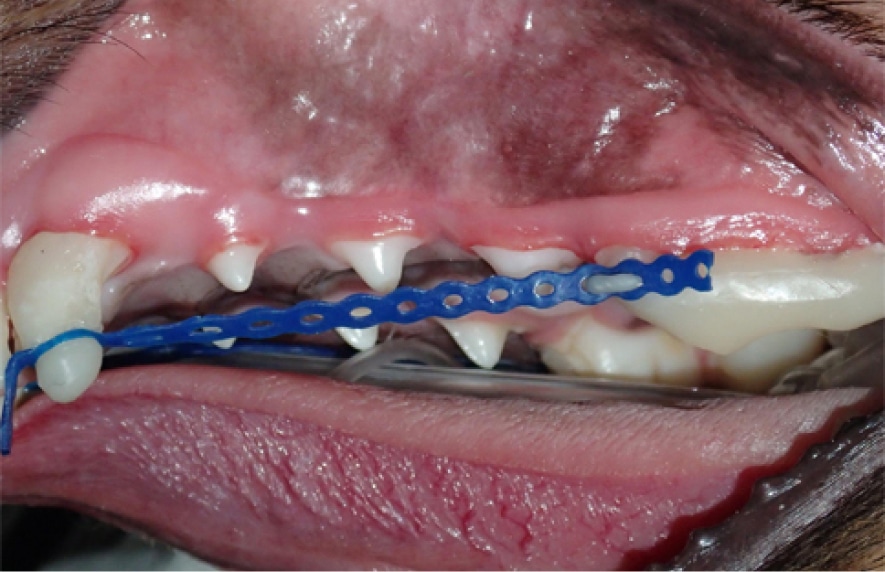
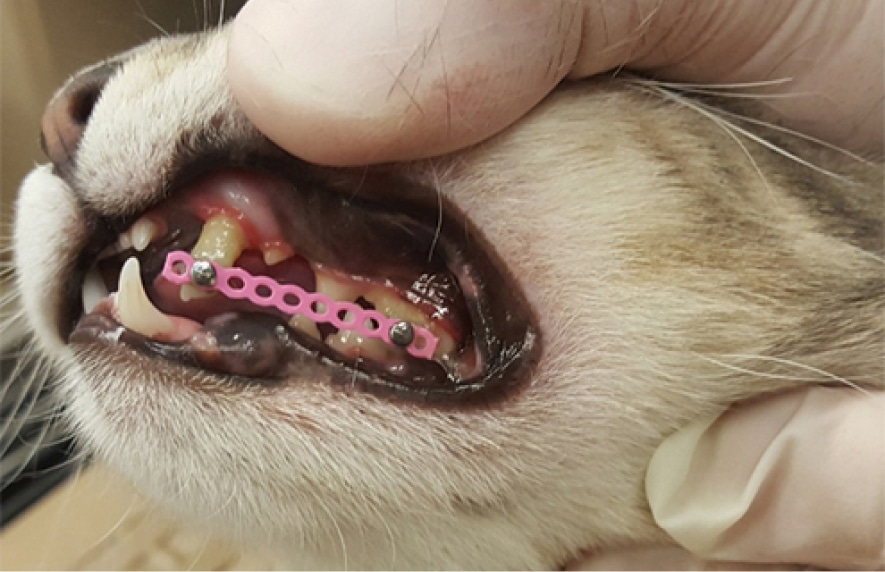
Headline Here
This is just placeholder text. Don’t be alarmed, this is just here to fill up space since your finalized copy isn’t ready yet. Once we have your content finalized, we’ll replace this placeholder text with your real content.
Sometimes it’s nice to put in text just to get an idea of how text will fill in a space on your website.
Traditionally our industry has used Lorem Ipsum, which is placeholder text written in Latin. Unfortunately, not everyone is familiar with Lorem Ipsum and that can lead to confusion. I can’t tell you how many times clients have asked me why their website is in another language!
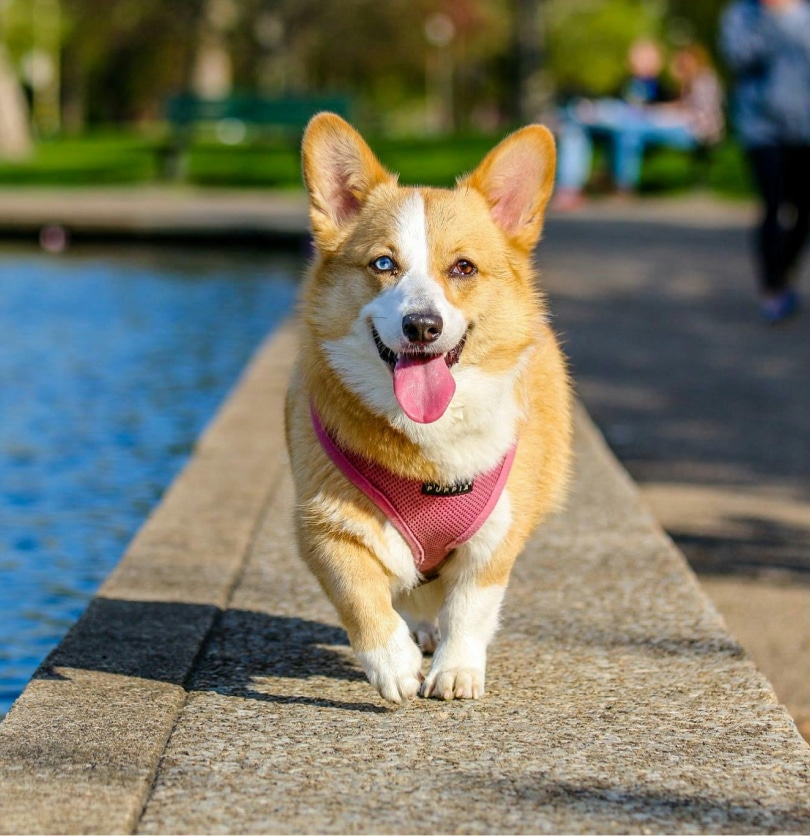
Call (218) 461-4825 or book online to schedule your pet’s advanced dental appointment.
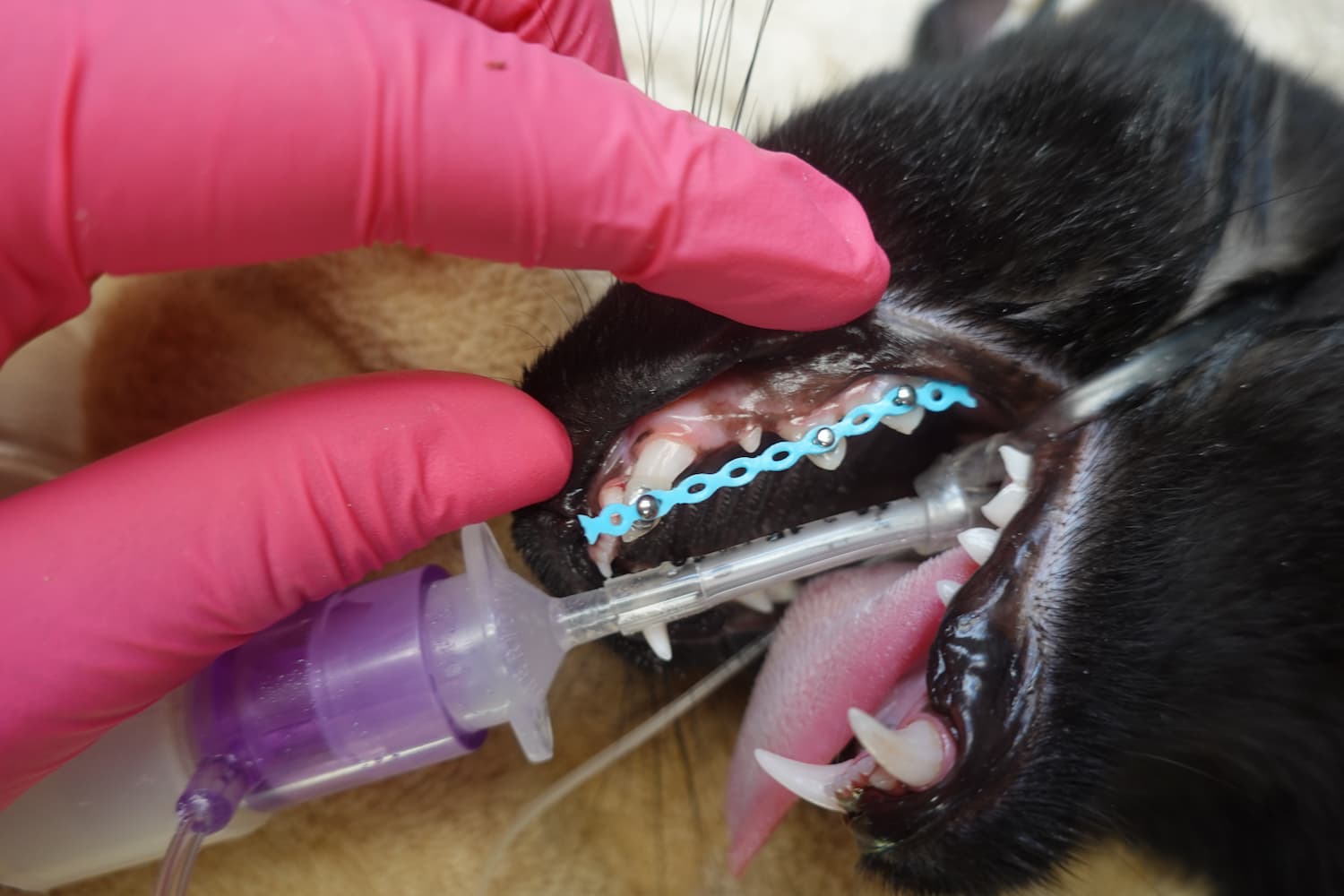
Frequently Asked Questions About Orthodontics
If my dog or cat has orthodontics can they be breed?
What breeds of dogs have malocclusions?
Flat-faced breeds (brachycephalics), such as boxer dogs, shih-tzus, Boston terriers, and lhasa apsos, have “abnormal” bites that are recognized as being “normal” for their breed, where the lower jaw protrudes in front of the upper jaw and alters the above tooth-to-tooth relationships.
Can malocclusions be hereditary?
Evidence gained from population studies, especially family and twin studies, have shown that genetic factors play an important role in the etiology of malocclusions.
Why would my pet need orthodontic treatment?
Orthodontic treatment is recommended when a pet has a malocclusion, meaning their jaw alignment is off. This misalignment can cause discomfort, interfere with normal eating and chewing, and even lead to long-term dental health issues if not addressed. Proper orthodontic care can improve your pet’s comfort and dental function.
What are common signs that my pet may need orthodontic care?
Common signs include difficulty chewing, drooling, avoiding certain foods, pawing at the mouth, or visible misalignment of the teeth. If you notice any of these, a veterinary dental assessment can determine if orthodontics might be beneficial for your pet.
How is orthodontic treatment performed on pets?
Orthodontic treatments for pets are carefully planned and may include various techniques, such as braces or spacers, to help guide teeth into a more natural alignment. These treatments are tailored to minimize stress and discomfort for your pet, and our dental team will guide you through every step to ensure the best possible outcome.

